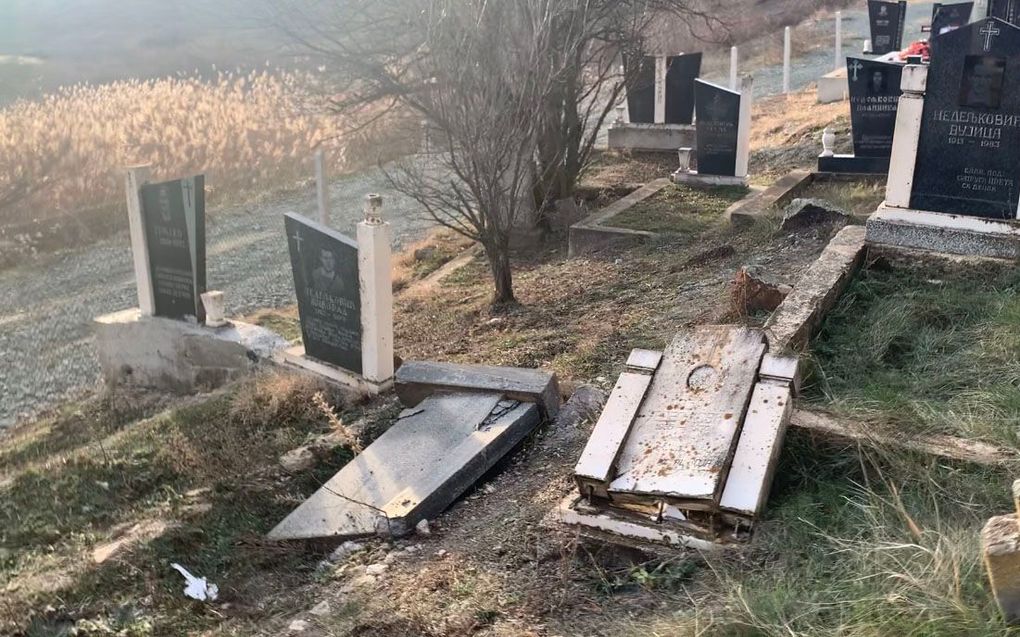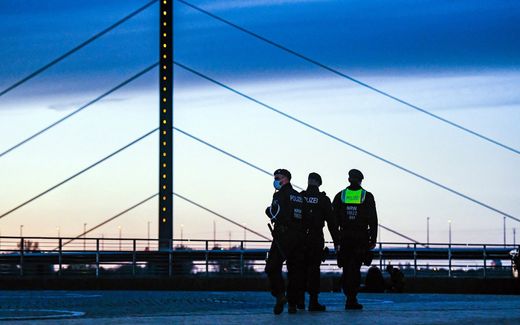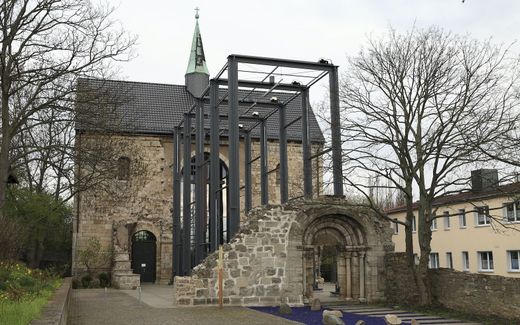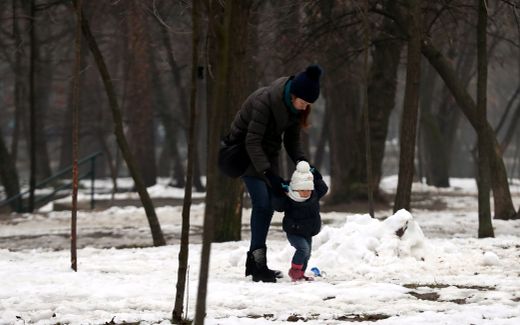More attacks on Serbian churches in Kosovo

Eight grave monuments were desecrated at a cemetery in Kosovo last week. Photo Twitter
Southern Europe
The year 2021 has shown a growing number of attacks on Serbian Orthodox Churches in Kosovo. Last Sunday, people discovered a desecration of eight graves at a cemetery.
On Sunday, residents of the ethnically mixed village of Kishnitsa near a Serbian monastery and the enclave of Gracanica near Pristina found eight tombstones that had been broken and tumbled down, fragments scattered. This was reported by Ria Novosti.
Petar Petkovic, The Serbian Chancellor for Kosovo, calls the desecration “shameful and insane”, according to a declaration. Petkovic says that this year there were “50 per cent more incidents on ethnic grounds than a year earlier.” There were at least twenty attacks on objects of the Serbian Orthodox Church.
On Twitter, Mr Petkovic adds: “Not even the dead Serbs are spared.”

The monastery Visoki Decani that owns the cemetery, says this was “a tragic indicator of the ethnic and religious intolerance” in the region. The police are investigating the incident.
Mixed community
The village of Kishnitsa is part of a mixed community of Albanese and Serbian people. But despite all types of regional autonomy, it is difficult to live in harmony. On the one hand, there are attacks on Serbian churches and graves; on the other, ethnic Serbs complain about provocations and even attacks with stones on women, as reported by RTV Gracania last year. According to analyst Zivojin Rakocevic, there was organised pressure on the Serbian population to move out.

Kosovo was during the Soviet era part of the Republic of Yugoslavia. The Serbs saw it as the cradle of the Slavic civilisation and the Orthodox Church in the region. Even after the Yugoslavian wars in the ’90s, many Serbs don’t want Kosovo to be independent. But exactly that happened in 2008. The independence of Kosovo is internationally disputed.
Related Articles






